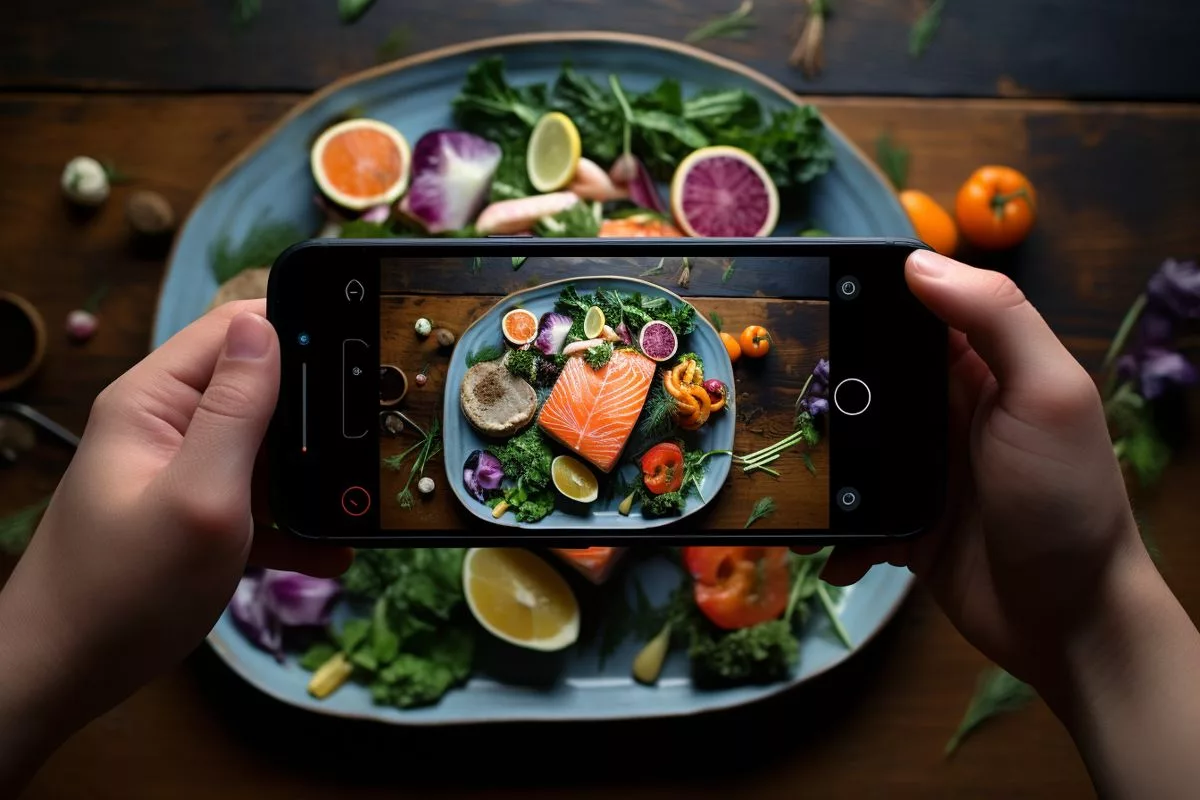Smartphones have revolutionized the way we take photographs, with over 90% of all photos captured in 2021 taken using these devices. This has created significant changes in our visual consumption and production habits, from how often we take photos to the way we frame images. As our reliance on smartphone cameras increases, it’s important to be intentional about how we use them to ensure that our choices reflect our values and perspectives.
Evolving Photography: The Impact of Smartphones
Smartphones have drastically changed our photography habits, with over 90% of all photographs captured in 2021 taken via smartphones. This has brought about significant alterations in our habits of visual consumption and production, from the frequency and context of our photo-taking to the way we frame images. As the number of photos produced each year rises, it becomes increasingly crucial to be intentional about how we use our cameras.
A New Era of Visual Consumption
In the prevailing digital epoch, smartphones have become undeniably essential. Current data reveals that approximately 90% of Australians possess a smartphone, dedicating an average of about 5.6 hours to these devices daily. Additionally, over 90% of all photographs captured this year were taken via smartphones. This staggering increase in smartphone usage, particularly for photography, has brought about significant alterations in our habits of visual consumption and production.
The impact of smartphones on our photography habits is most noticeable in the frequency and context of our photo-taking. Prior to 2007, the advent of the first smartphone camera, traditional cameras were utilized sparingly, primarily for special occasions or holidays. This narrative has drastically changed. The smartphone, a device we keep within arm’s reach at all times, has become our go-to camera, capturing everything from our meals and workouts to our academic tasks, in addition to the conventional “special” moments.
It’s fascinating to observe how this change in photographic habits varies among different age groups. Middle-aged people mostly use their smartphones for work-related tasks, taking photos of information they need to access later or work-related documents. The functional element of photography seems to have overshadowed the social aspect in this age group.
Photographic Patterns in the Era of Smartphones
Despite the rampant popularity of selfies in our current digital culture, findings indicate that this does not translate into a selfie-obsessed generation. Research findings show that users only used their phone’s front “selfie” camera about 14% of the time, suggesting a reluctance to project a narcissistic image.
The smartphone era has also signaled a shift from the horizontal layouts of the past to predominantly vertical compositions. Influenced by the design of smartphones and the vertical interfaces of popular apps like Instagram and Snapchat, users are now more inclined to take photos in portrait orientation. The vertical grip is not only more user-friendly but also faster, hence, it has become the favored mode for smartphone photography.
Another trend that emerged from the study is related to distance. It was found that participants took more photographs of people from a distance rather than close-ups. Less than 10% of the images featured intimate “head and face” framing, indicating a preference for a certain level of distance when photographing people.
The Impact of Digital Inspiration and Image Framing
The influence of social media on our visual tastes deserves attention. While older adults usually attribute their aesthetic inspirations to physical media such as photography books, magazines, and posters, teenagers are more likely to draw inspiration from digital platforms, particularly Instagram. This discrepancy affects not only what they choose to photograph, but also how they go about it. Younger generations seem to prefer a centered composition approach, while older generations favor the “rule of thirds” technique.
Regardless of these emerging trends, the way we frame images holds significance. The angle of the camera can either empower or belittle the subject. For example, photographing an athlete or politician from a lower angle can lend them a stronger, more heroic appearance, whereas photographing a refugee from a higher angle can render them less powerful. Sometimes, these camera angles are innocuous or driven by practicality, such as photographing a receipt for expense claims. However, at other times, the chosen angles can amplify existing disparities.
As the number of photos produced each year rises, and novel image creation methods continue to surface, it becomes increasingly crucial to be intentional about how we use our cameras. The widespread use of smartphones and the ensuing shift in our photographic habits necessitates a critical examination of how our choices impact the representation of people, objects, and events.
In conclusion, smartphones have irreversibly reshaped the domain of visual culture, prompting us to consider the ramifications of these shifts on our worldview. As we chronicle our lives through our phone cameras, it’s crucial to remember that each photograph we take is not merely an image but a reflection of our perspective and sensibility.
1. What percentage of photos captured in 2021 were taken using smartphones?
Over 90% of all photos captured in 2021 were taken using smartphones.
2. How has the rise of smartphone usage impacted our visual consumption and production habits?
The rise of smartphone usage has brought about significant alterations in our habits of visual consumption and production, from the frequency and context of our photo-taking to the way we frame images.
3. What age group uses smartphones for work-related tasks more than social aspects?
Middle-aged people mostly use their smartphones for work-related tasks, taking photos of information they need to access later or work-related documents. The functional element of photography seems to have overshadowed the social aspect in this age group.
4. What new trends have emerged from the era of smartphones in photography?
The era of smartphones in photography has signaled a shift from horizontal layouts to vertical compositions, a preference for distance when photographing people, and a discrepancy in aesthetic inspirations between younger and older generations.
5. How important is image framing in photography?
The angle of the camera can either empower or belittle the subject. For example, photographing an athlete or politician from a lower angle can lend them a stronger, more heroic appearance, whereas photographing a refugee from a higher angle can render them less powerful. The chosen angles can amplify existing disparities, so it’s crucial to be intentional about how we use our cameras.
6. Why is it important to be intentional about smartphone photography in the current era?
As the number of photos produced each year rises, and novel image creation methods continue to surface, it becomes increasingly crucial to be intentional about how we use our cameras. The widespread use of smartphones and the ensuing shift in our photographic habits necessitates a critical examination of how our choices impact the representation of people, objects, and events.











